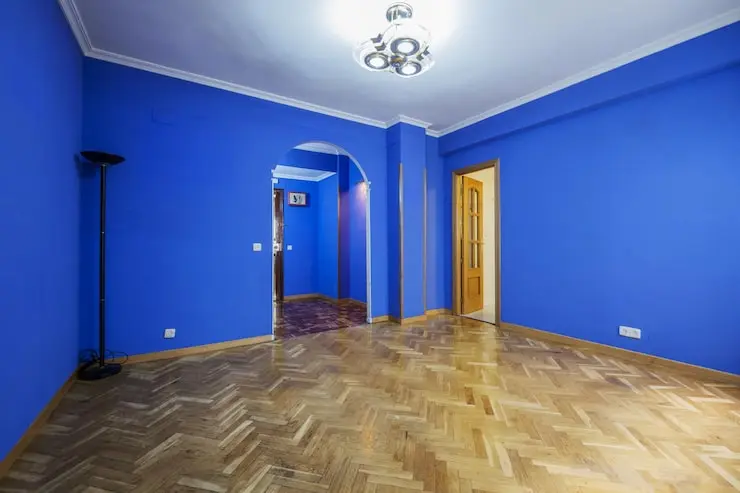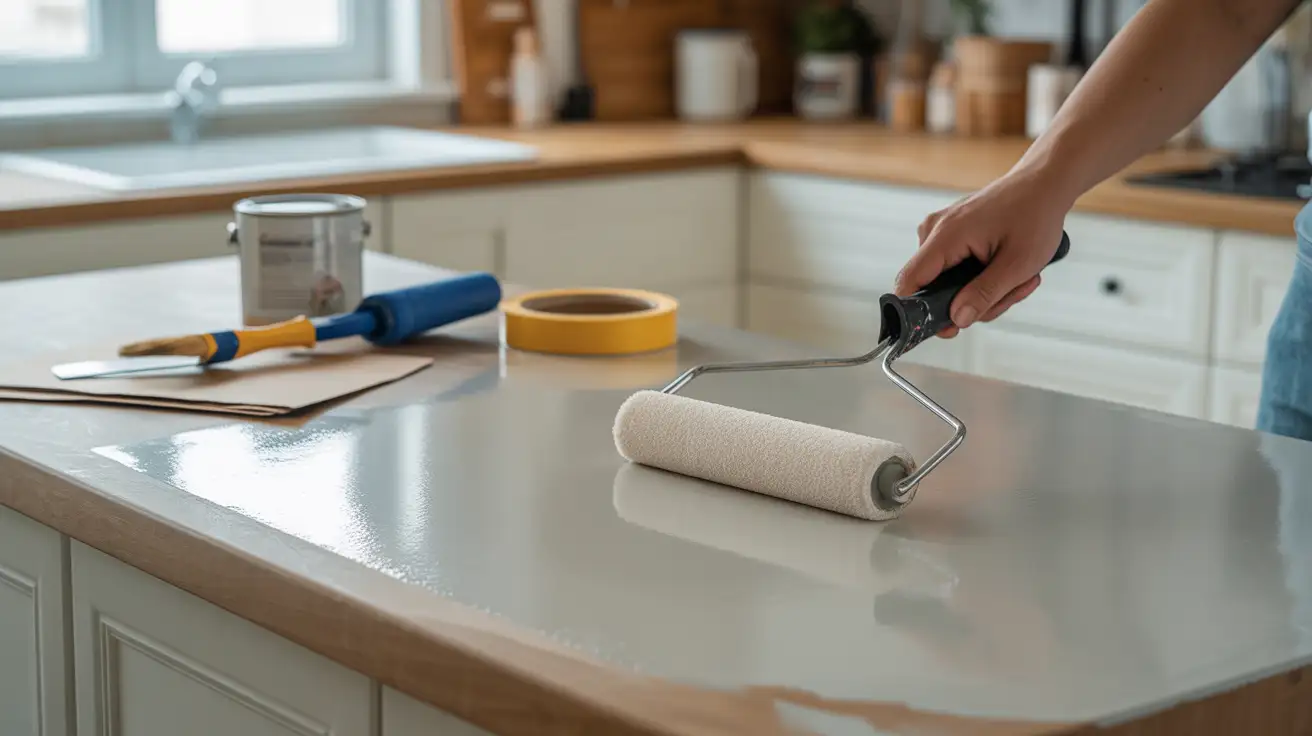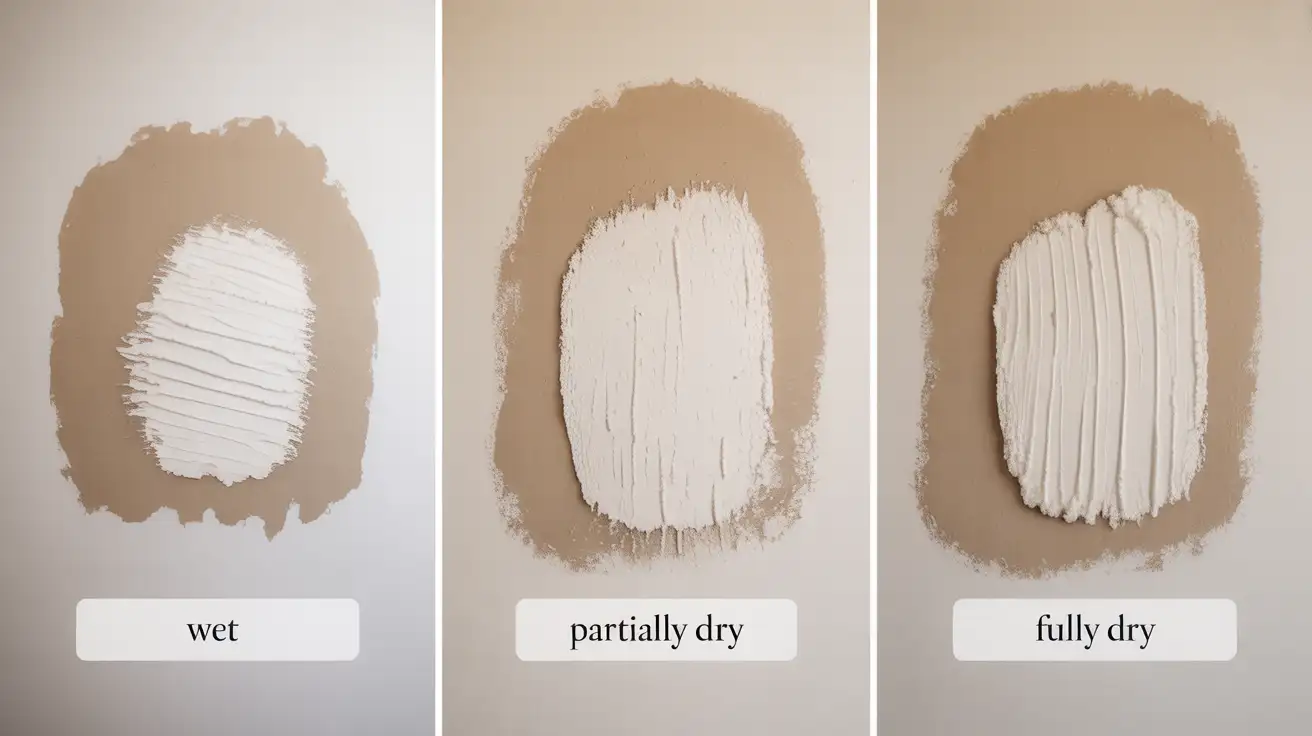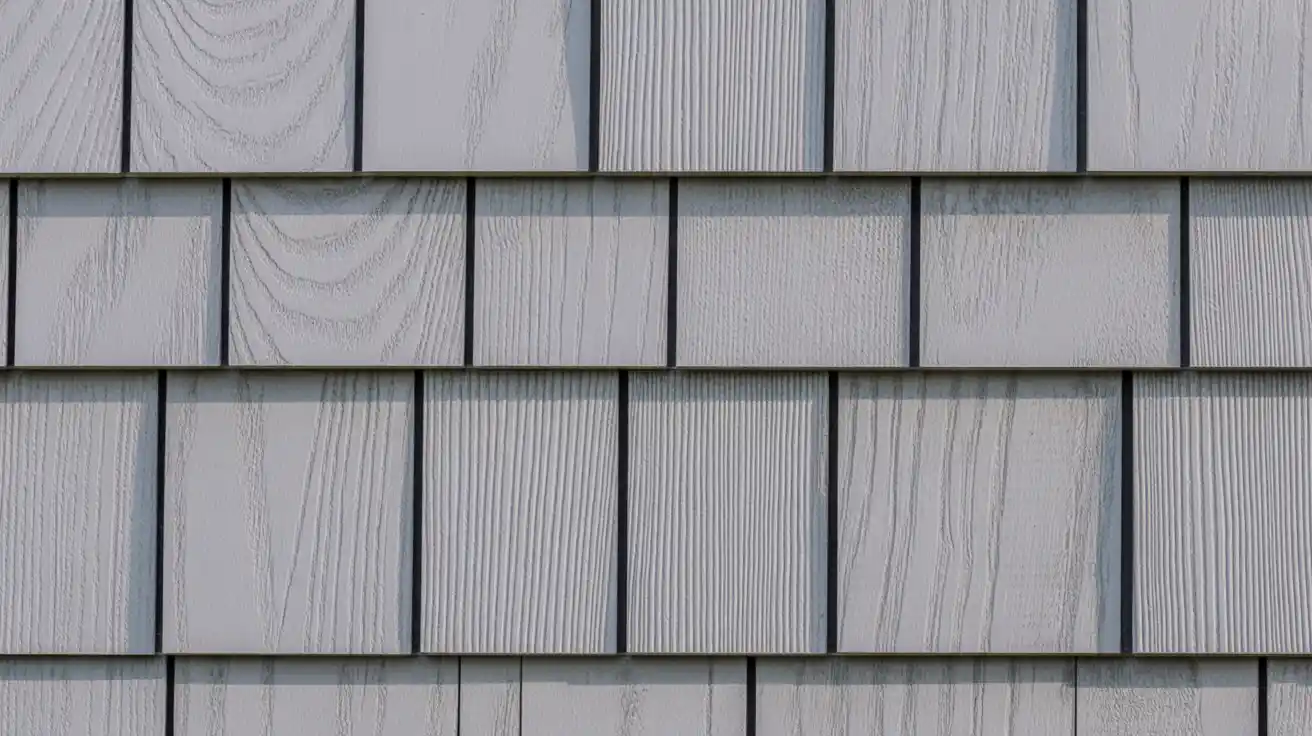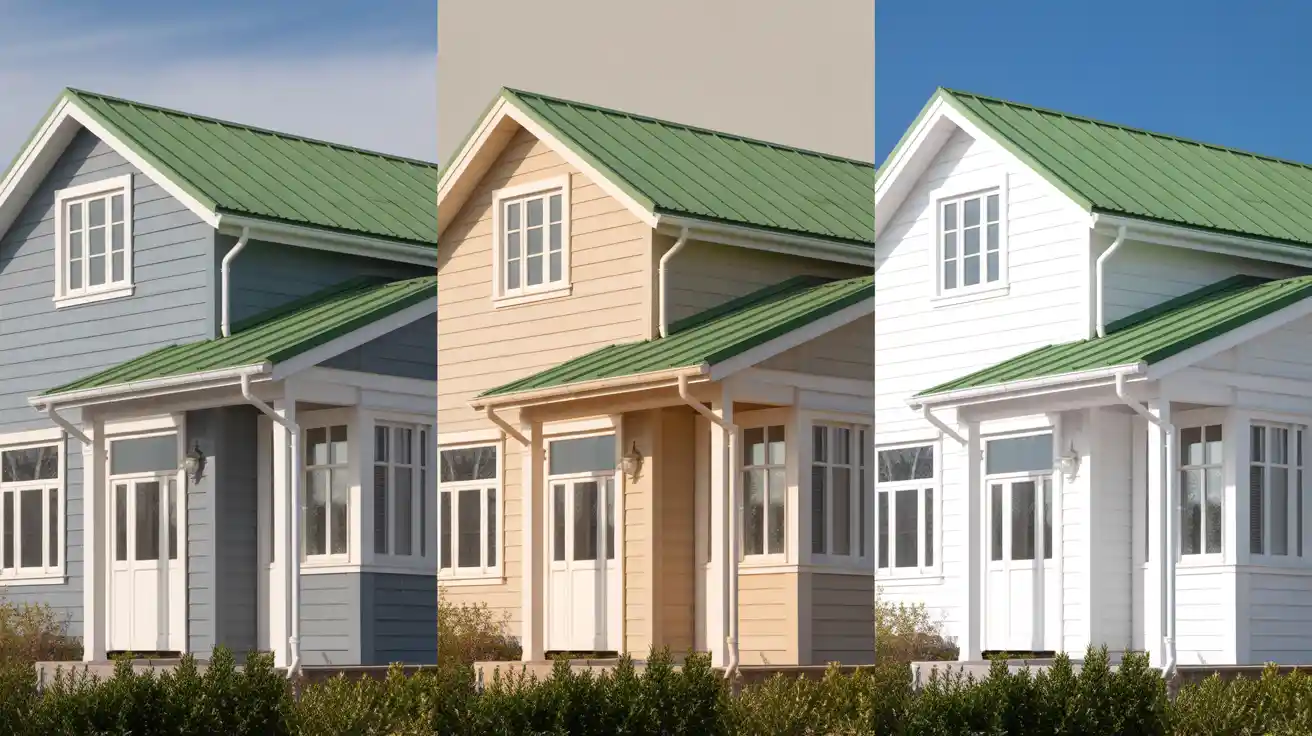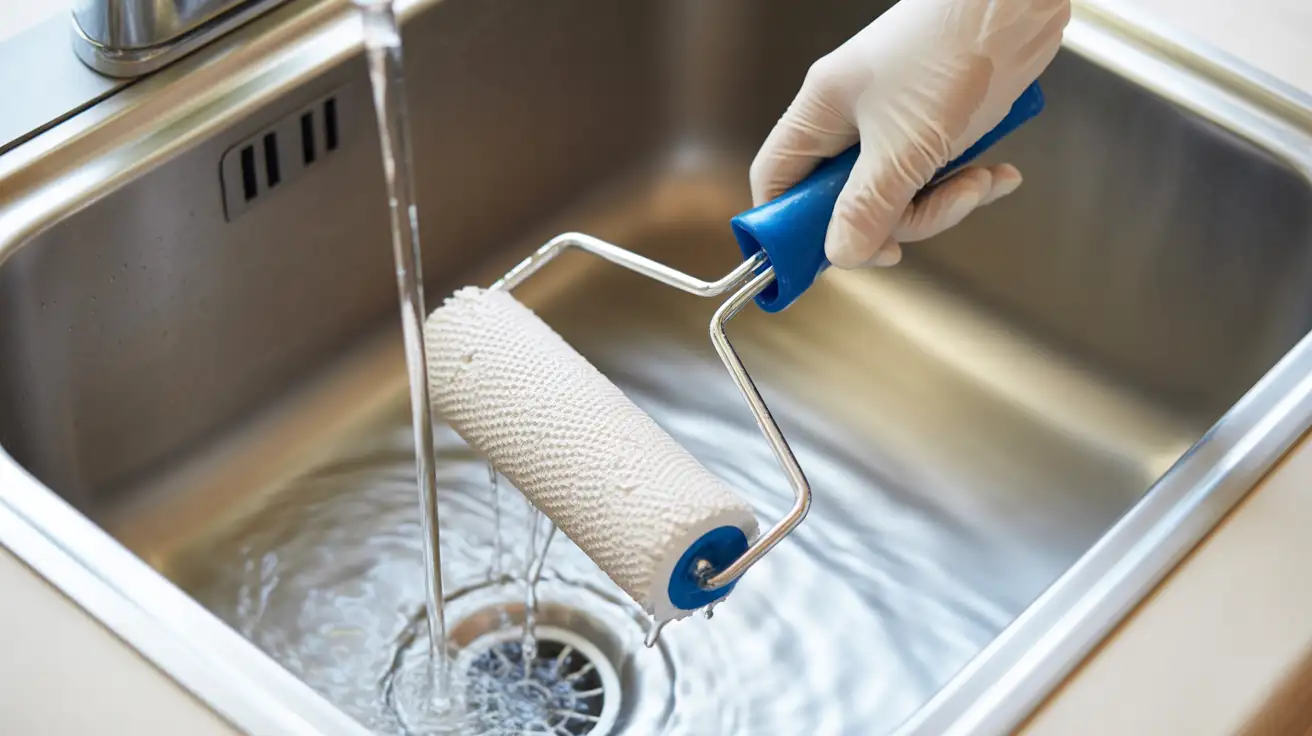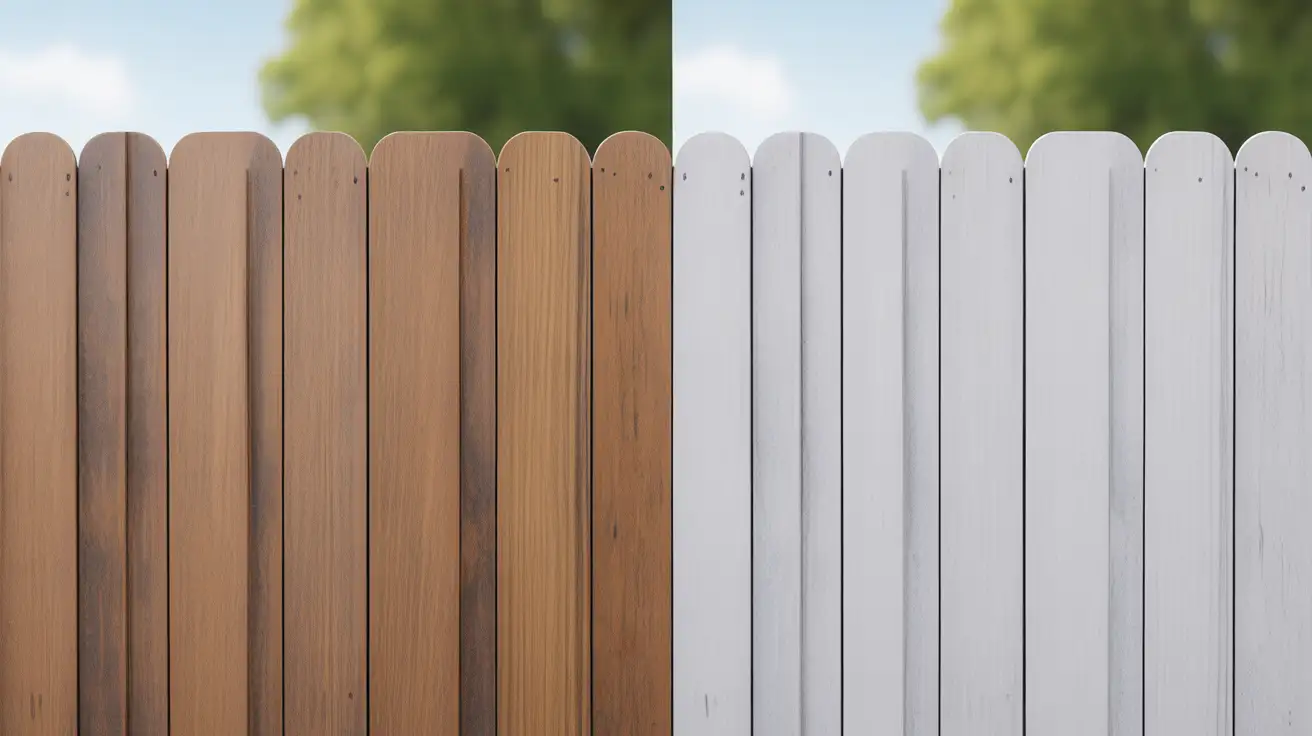How to Paint a Popcorn Ceiling: Easy DIY Guide
Painting a textured ceiling is a smart way to update your room without the mess and expense of full removal. A fresh coat of popcorn ceiling paint instantly brightens the space, covering years of yellowing and minor imperfections. This comprehensive guide will show you exactly how to paint a popcorn ceiling using techniques professional painters rely on to ensure a beautiful finish. The key to a successful project is understanding the texture’s delicacy and choosing the right tools. By following the proper preparation steps, you can achieve a professional look while protecting your home. Get Your Popcorn Ceiling Ready for Painting Getting ready to paint is very important. If you skip these steps, you’ll have to deal with paint or a pattern that peels off or falls off later. Test for Asbestos First Tobacco is often found in popcorn ceilings of homes built before 1980. Although it was illegal in 1978, shops continued to sell old stock until the mid-1980s. Test for asbestos before you start, as it is not visible or detectable by smell. You can get a test kit for $15 to $40 at any hardware shop. Follow the instructions to obtain a small sample. Please take it to the lab. Don’t touch your ceiling until you see the effects. Do not sand or scrape if asbestos is found. You can paint safely even though you haven’t touched the cloth. Don’t fix anything that breaks the pattern. Check the condition of your ceiling Look up and move around. Look for cracks, water spots, or soft spots. Gently press on areas that appear suspicious. If the layer breaks or falls, you must first repair it. If you see water stains, it indicates a leak. Before painting, fix the source. Allow the area to dry completely. It takes at least a week. That yellow will show through the new paint if you don’t use a stain-blocking primer on those spots. A putty knife is used to remove small bits of broken texture. You can match the texture with spray-on items from the hardware shop. If the damage exceeds 2 square feet, it is recommended that you call a professional. Repairs that aren’t done right show through the paint. Keep your space safe Make the room as empty as you can. Put the furniture in the middle and cover it with a plastic sheet. Avoid using thin drop cloths; instead, opt for thick plastic. Paint gets through cheap stuff. Cover all of your floors. Tape the plastic to the floor to keep it in place. Take down light bulbs or use plastic bags and tape to cover them. Stop the fans in the ceiling. Cover smoke alarms with tape, but remember to remove the tape when you’re done. Place painter’s tape along the edges of the walls where they meet the ceiling. Don’t let the paint seep under, so press hard. Cover the switches and plugs on the wall. To prepare a 12×12 room takes an hour, but it saves hours of work when it comes time to clean up. Clean up before you paint Having popcorn ceilings will keep dust, spiders, and grease in. If the surface is dirty, paint won’t stick. The vacuum comes with a soft brush adapter. Don’t press too hard, and move slowly. Scrubbing too hard takes away the structure. If the ceiling in your kitchen is dirty, use a damp sponge and light dish soap to clean it. Don’t use much water. Texture gets loose when there is too much moisture. Before coloring, let everything dry overnight. Choosing the Right Paint for Popcorn Ceilings The wrong paint creates a mess. Thin paint drips everywhere. Thick paint weighs down texture and makes it fall. Best Paint Type Interior acrylic-latex ceiling paint works best. Look for products labeled “ceiling paint” or “for textured surfaces.” These paints have the right thickness to cover bumpy surfaces without dripping. Flat or matte finish hides flaws better than glossy paint. Light bounces off shiny surfaces and shows every imperfection. Flat paint absorbs light and makes ceilings look smooth. Many ceiling paints now include primer. These cost $5 to $10 more per gallon but save time. You skip the priming step and still get good coverage. Behr, Sherwin-Williams, and Benjamin Moore all make quality ceiling paints in the $30 to $45 per gallon range. How Much Paint You Need Popcorn texture uses more paint than flat ceilings. All those bumps add surface area. Plan for at least 20% more paint than the can says. A standard room is 12×12 feet, which equals 144 square feet. Smooth ceilings need about one gallon for two coats. Popcorn ceilings need 1.5 to 2 gallons for the same job. Measure your ceiling length times width. Add 25% extra for texture. Buy an extra quart if you’re close to needing another gallon. Running out mid-project wastes time. Real cost for a 12×12 room: $60 to $90 for paint. Add $30 to $50 for tools if you don’t own them. Total DIY cost runs $90 to $140 versus $300 to $500 to hire painters. Priming Your Popcorn Ceiling Primer helps paint sticks and covers stains. You might skip this step if using paint with primer built in. Apply primer the same way as paint. Use a thick nap roller. Roll in one direction with gentle pressure. Don’t push hard or you’ll damage texture. Let the primer dry completely. Check the can but expect 2 to 4 hours. Stain-blocking primer matters for water damage, smoke stains, or yellowed ceilings. Regular primers won’t stop these from bleeding through. Kilz and Zinsser make good stain blockers for $25 to $35 per gallon. Painting Techniques for Popcorn Ceilings Two methods work: rolling or spraying. Each has pros and cons. Rolling Method Rolling gives you control. It’s less messy and doesn’t need extensive prep. Buy a roller with a thick nap. Use 3/8-inch nap for light texture or 1/2-inch nap for heavy texture. Cheap thin rollers don’t work on bumpy surfaces. Attach

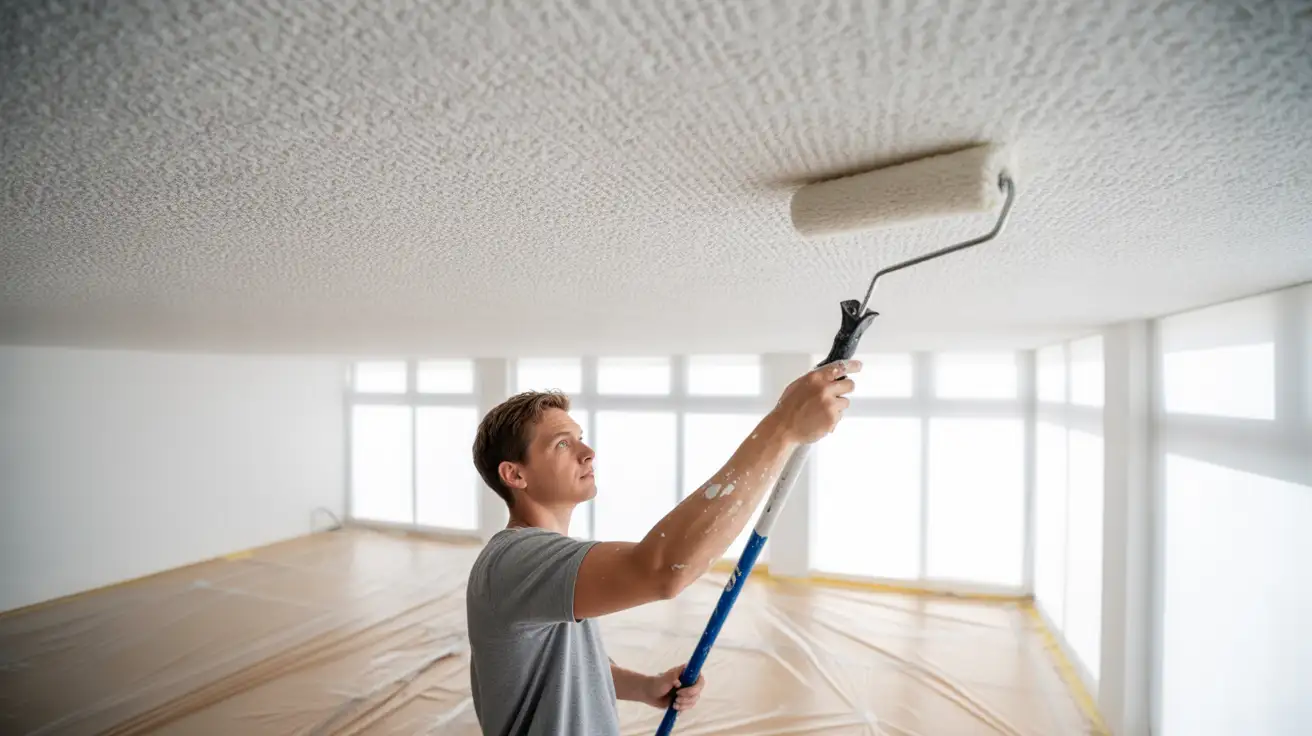

![How Much Does a Gallon of Paint Cover? [2025 Guide]](https://sdcustompainting.com/wp-content/uploads/2025/11/how-much-does-a-gallon-of-paint-cover-image.webp.webp)
